-
How infrastructure projects can help wildlife
The word “infrastructure” likely conjures up images of roads, bridges, and tunnels—not nature. However, infrastructure can play a significant role in wildlife conservation. Learn how infrastructure projects can help wildlife. Connecting habitats Many animals require large territories to survive, but human development often fragments these spaces, cutting off traditional routes for seasonal migration and access…
-
US wildlife officials consider adding 10 new species to Endangered Species Act
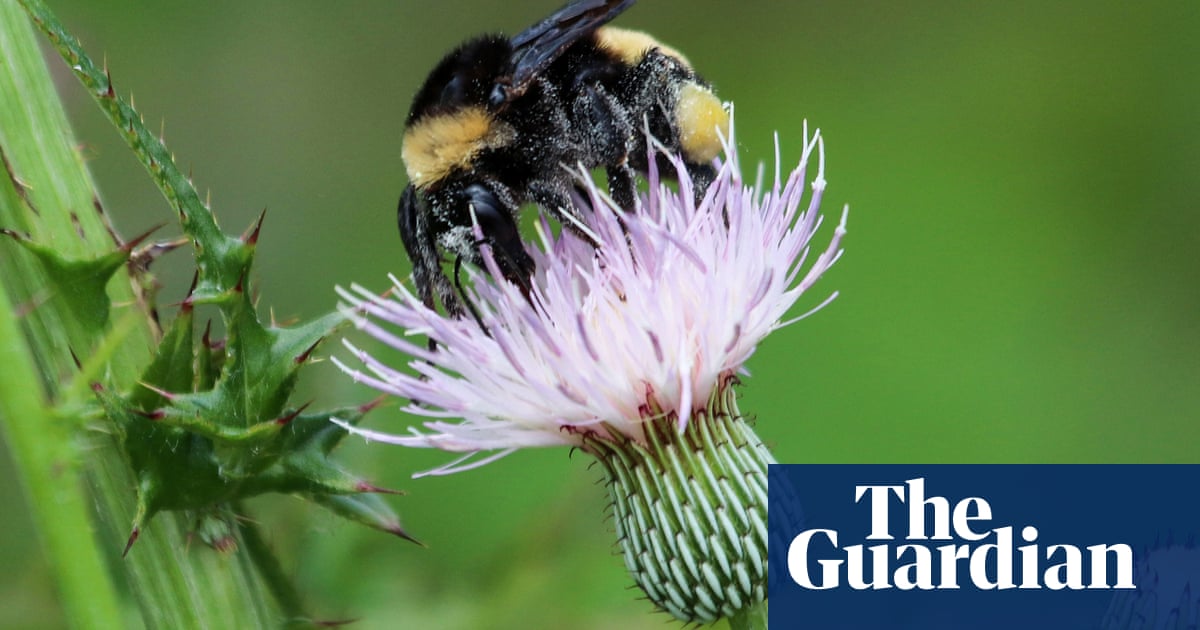
Federal wildlife officials announced on Wednesday they will consider adding 10 new species to the Endangered Species Act, including a big bumblebee that serves as an important pollinator across the United States. US Fish and Wildlife Service officials said they had completed 90-day reviews of petitions to add the species to the list and determined…
-
This secret habitat provides the key to winter survival
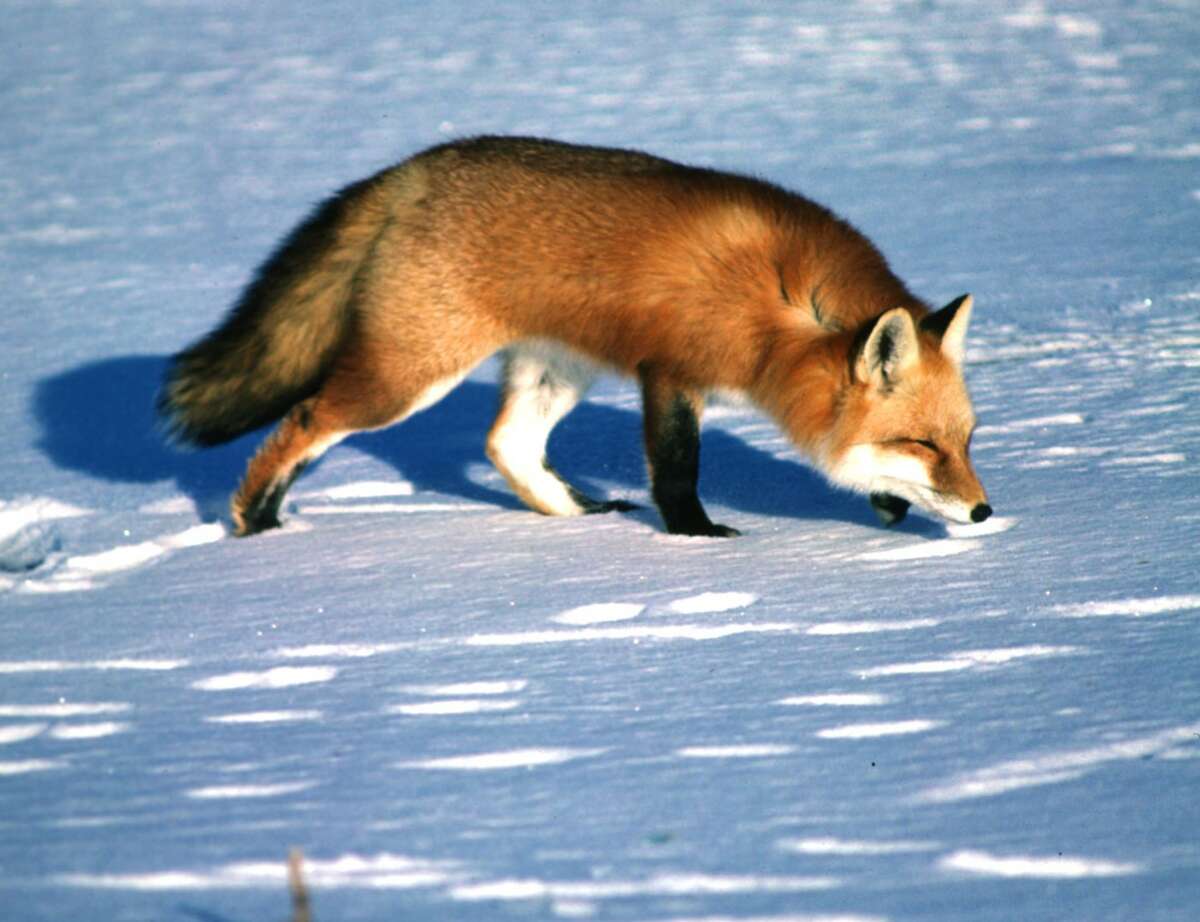
EDITORS NOTE: This is the second of a three-part series focused on how local wildlife not only survive, but thrive in winter. The first story looked at the sort of animals that take a long winter’s nap. Next week, we’ll look at our scaly neighbors — fish, amphibians and reptiles, and see where these cold-blooded creatures…
-
Amphibians
What You Can Do For starters, don’t touch—unless you are moving them out of harm’s way. Salamanders have absorbent skin and the oils, salts and lotions on our hands can do serious damage. If you are helping them cross a road, move them in the direction they are headed and try to wet your hands…
-
Officials identify possible reason for dead foxes and “strange wildlife behavior” at Arizona national park
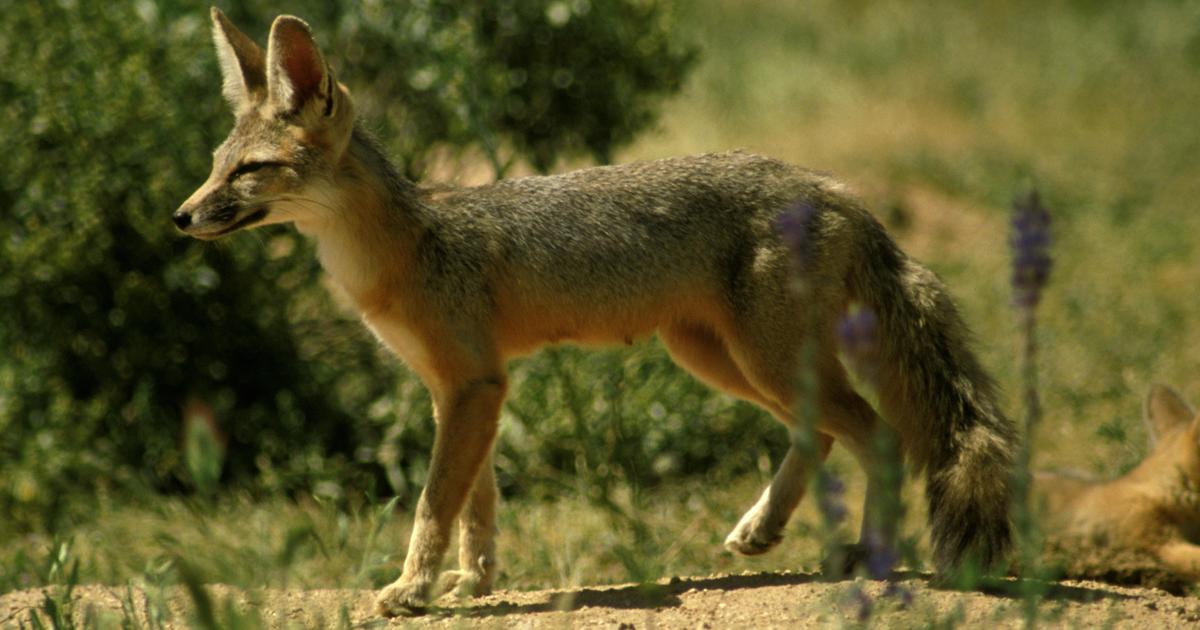
National Park Service officials on Tuesday identified rabies as a possible cause for “strange wildlife behavior” and dead foxes at Arizona’s Saguaro National Park. There was also a reported incident of a bobcat biting a park visitor, authorities said. Park staff have not yet recovered any animal carcasses for testing to determine the cause of…
-
Recent wildlife attacks around Tucson prompt rabies warning
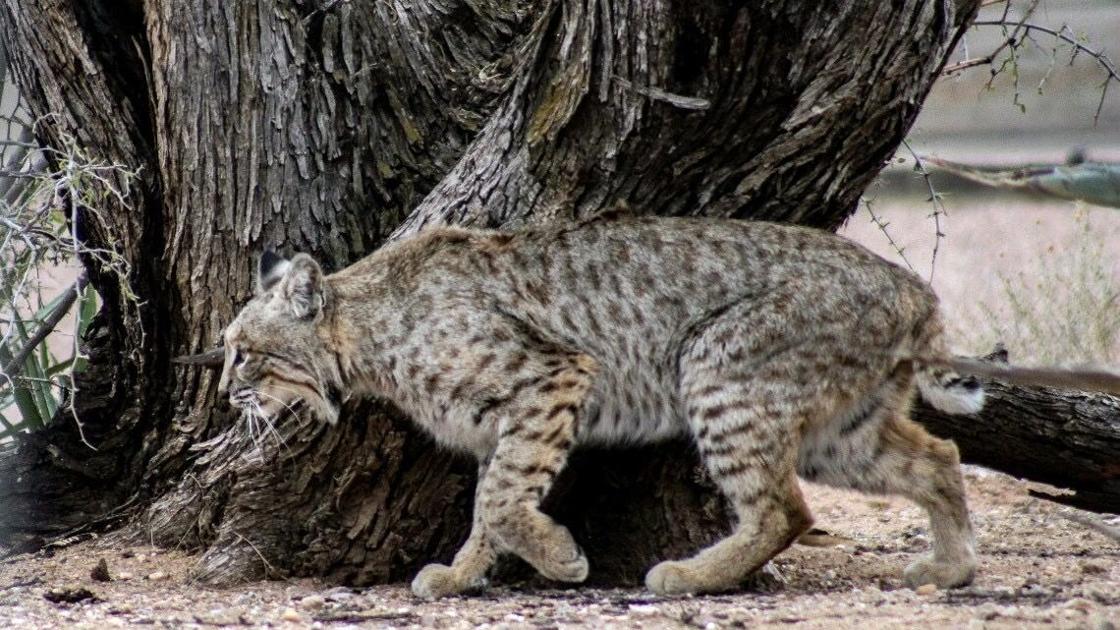
Henry Brean State and federal wildlife officials are warning people to be on the lookout for rabid animals after a recent rash of attacks around Tucson in the past two months. A skunk, a fox and two bobcats have bitten or scratched people in four separate incidents of suspected rabies since Nov. 27, said Arizona…
-
‘Strange Wildlife Behavior’: Saguaro National Park Warns of Possible Rabies Cases
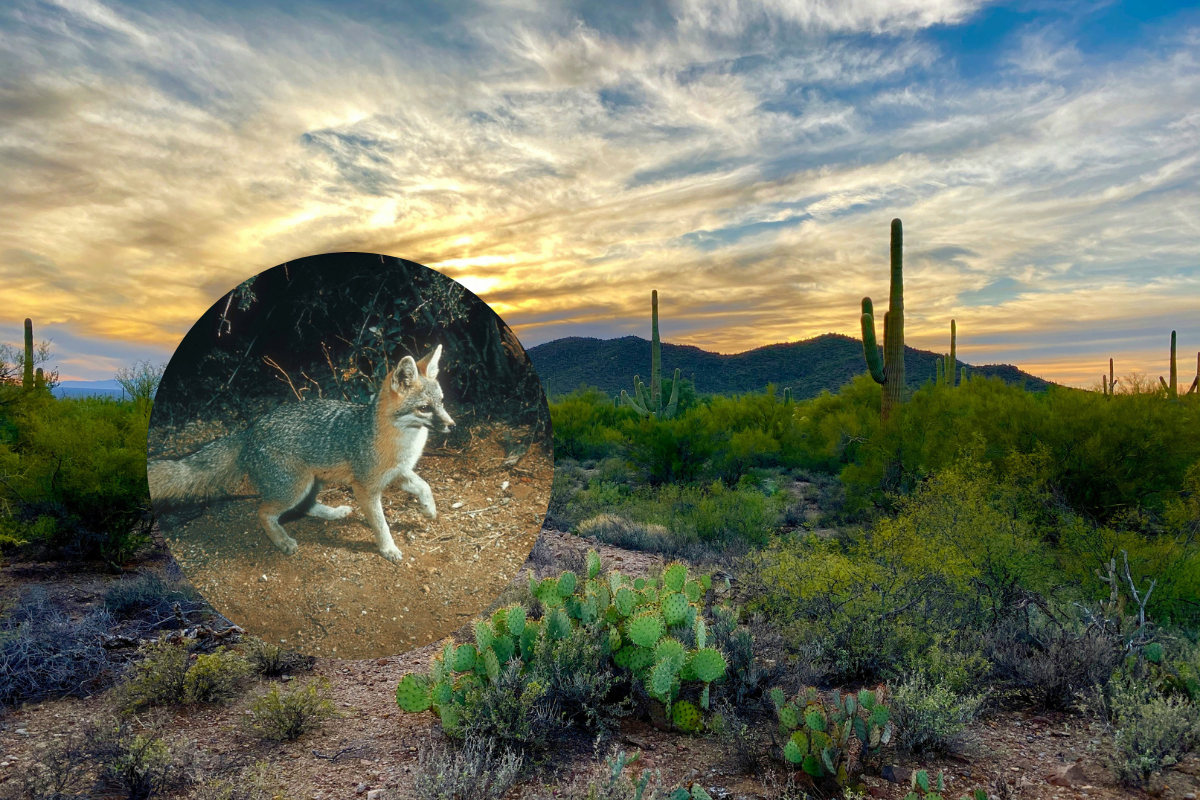
Park rangers at Saguaro National Park are warning visitors about possible rabies cases. An official press release says there have been several deceased foxes, reports of “strange wildlife behavior,” and at least one incident of a bobcat biting a visitor. Anyone who has come into contact with an animal at the Arizona park should report…
-
South Korea Cracks Down on Captive Wildlife in ‘Animal Cafes’

South Korea is implementing new legislation to protect foxes, raccoons, meerkats, capybaras, and many other wild species from being exploited in “animal cafes,” according to CNN. Animal cafes are often marketed as cute experiences for animal enthusiasts — but for the animals who are exploited by these businesses, they are stressful encounters. Animals at these…
-
Sick or injured animals
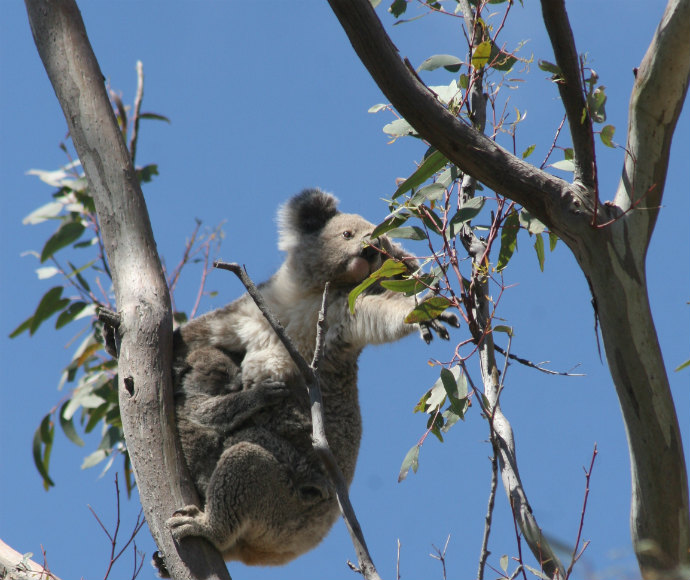
Advice on assisting sick and injured native animals and who to contact for help. Native animals may become injured or sick due to disease or other risks, such as being hit by a vehicle, attacked by other animals, or entangled in fencing or netting. Sickness, injury or death of native animals can often result in…
-
Wildlife filmmaker helps South West Water track down invasive species

South West Water has teamed up with a professional wildlife filmmaker to explore what invasive non-native (INNS) species are lurking within the region’s reservoirs. South West Water commissioned professional wildlife filmmaker Jack Perks – whose work has featured on the likes of Springwatch and David Attenborough’s ‘Wild Isles’ series – to undertake surveys using underwater…